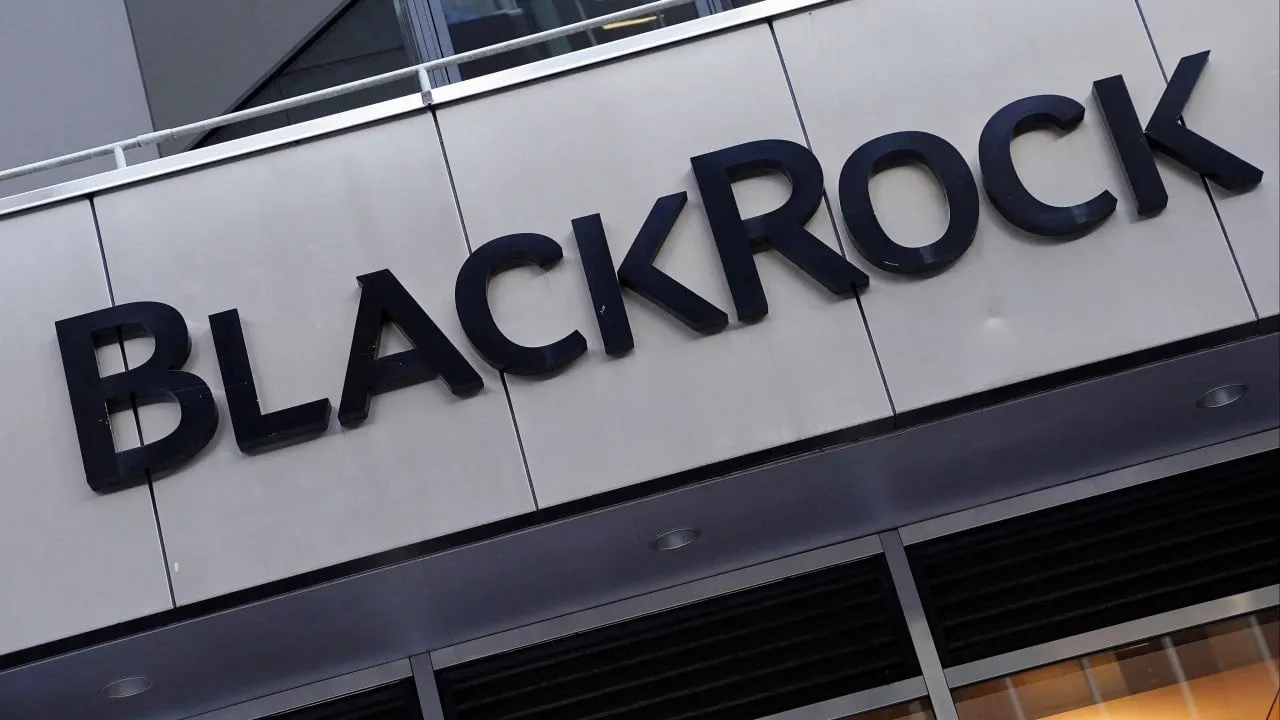BlackRock's Strategic Moves in China Stock Investments and Panama Deal

BlackRock, the asset manager at the centre of a deal to buy US$23 billion in port assets from Li Ka-shing’s CK Hutchison Holdings, has about US$15.5 billion invested in Hong Kong and mainland-listed stocks through its China-focused funds, with its portfolios concentrated on technology and financial companies.
According to its website, the world’s largest money manager has at least seven funds dedicated to Chinese stocks; five are passive exchange-traded funds (ETFs) and two are actively managed. The funds’ top holdings as of the end of February included Alibaba Group Holding, Tencent Holdings, Contemporary Amperex Technology (CATL) and China Merchants Bank, according to fact sheets. Alibaba owns the Post.
The largest is the US$7.6 billion iShares China Large-Cap ETF, which tracks the FTSE China 50 Index. The iShares MSCI China ETF, which tracks the MSCI China Index, ranked second with US$6.3 billion in assets. The BlackRock China Fund is the larger of the two actively invested funds, with US$1.3 billion in assets under management (AUM). The BlackRock China A Opportunities Fund, which targets yuan-denominated stocks in mainland China, had US$15.7 million in AUM.
BlackRock also manages other funds with regional or global scopes that may also be invested in Chinese equities. Earlier in March, CK Hutchison said it would sell most of its global ports business, including assets it holds along the strategically important Panama Canal, to a group led by BlackRock for US$23 billion. The deal triggered a backlash and on Friday, Beijing said it would launch an antitrust probe into the sale. US President Donald Trump, who had lobbied for the canal to be freed from what he called Chinese control, hailed the deal, amid trade-based tensions between Beijing and Washington.
The New York-based asset manager did not reply to an email from the Post seeking comment. At the end of 2023, BlackRock had AUM of US$10 trillion with US$5.3 trillion invested in stocks worldwide, according to its latest annual report. The firm’s iShares China Large-Cap ETF is up 18 per cent this year and its iShares MSCI China ETF has risen 16 per cent. Both have benefited from a stock market rally triggered by Chinese artificial intelligence (AI) start-up DeepSeek’s release of two powerful but cost-effective large language models.
The BlackRock China Fund, managed by Lucy Liu and Ada Zhang, has gained 14 per cent so far this year. Tencent was the fund’s top holding, accounting for 9.2 per cent of its assets, followed by Alibaba at 8.5 per cent and Xiaomi at 6.5 per cent. The firm’s China A Opportunities Fund has underperformed with a 3.2 per cent rise this year, though it bested a 1.2 per cent loss for the CSI 300 Index of onshore stocks over the same period. Its top three holdings were EV battery maker CATL, China Merchants Bank and Ping An Insurance.
As of March 17, BlackRock funds held a combined 984.8 million shares of Alibaba, representing a 5.2 per cent stake, according to data from Hong Kong’s stock exchange. It also held 47.4 million Hong Kong-listed shares of ZTE, a maker of telecoms equipment, representing a stake of 6.27 per cent. BlackRock also recently held a 5.09 per cent stake in CK Hutchison.
Hong Kong Financial Secretary Paul Chan Mo-po has said after his meetings with global financial leaders, investors were saying they would increase their exposure to Chinese stocks. And global investment banks like Goldman Sachs and Morgan Stanley have raised their targets for major China stock indices this year, citing appealing valuations and the positive impact on earnings from DeepSeek’s breakthrough.
For its part, BlackRock has said it was cautious about the outlook for Chinese stocks. “We are modestly overweight,” the BlackRock Investment Institute said in its latest weekly commentary on March 24. “We think AI and tech excitement could keep driving returns, potentially reducing the odds of much-anticipated government stimulus. We stand ready to pivot. We remain cautious given structural challenges to China’s growth and tariff risks.”
This article was prepared using information from open sources in accordance with the principles of Ethical Policy. The editorial team is not responsible for absolute accuracy, as it relies on data from the sources referenced.